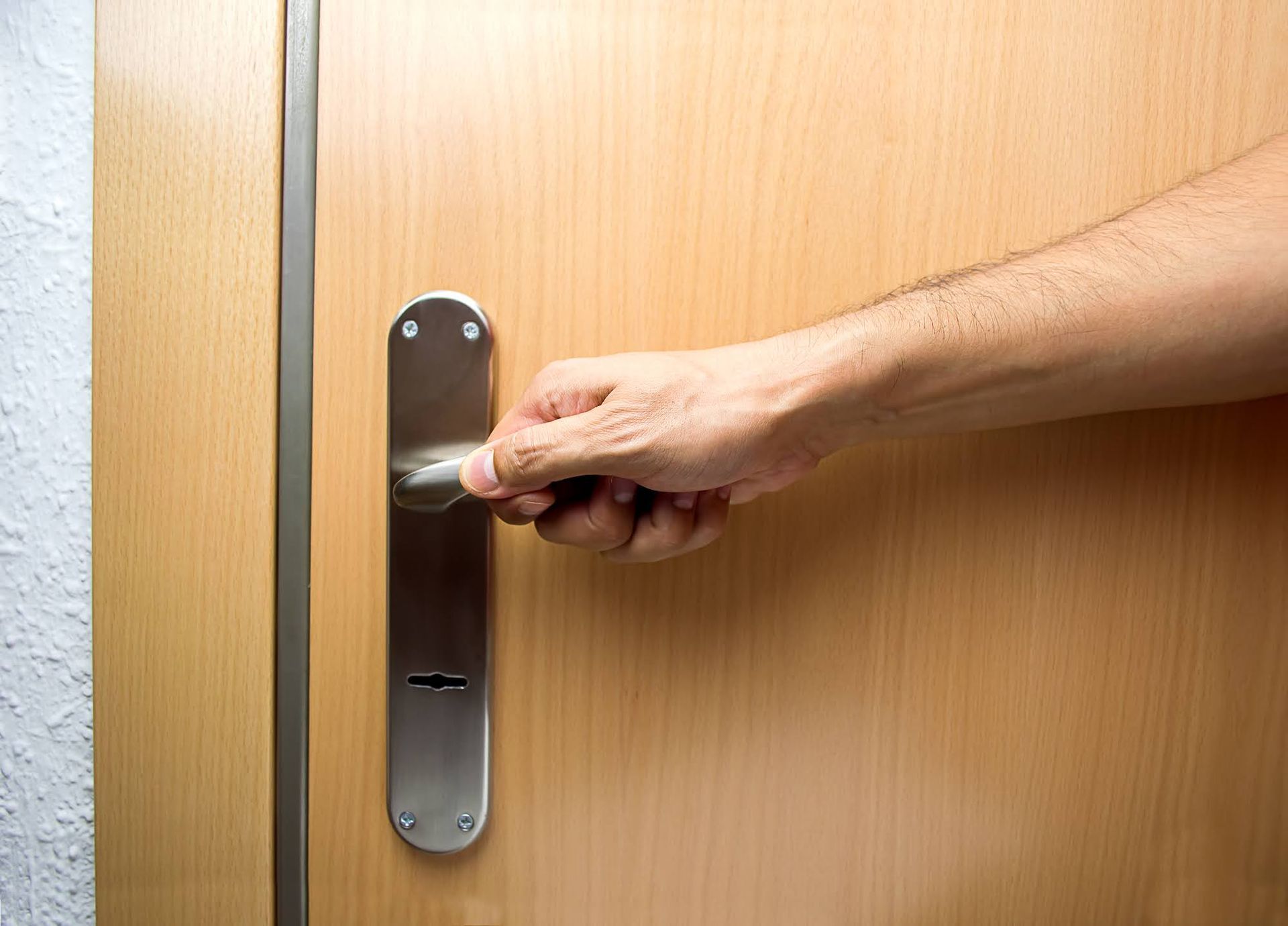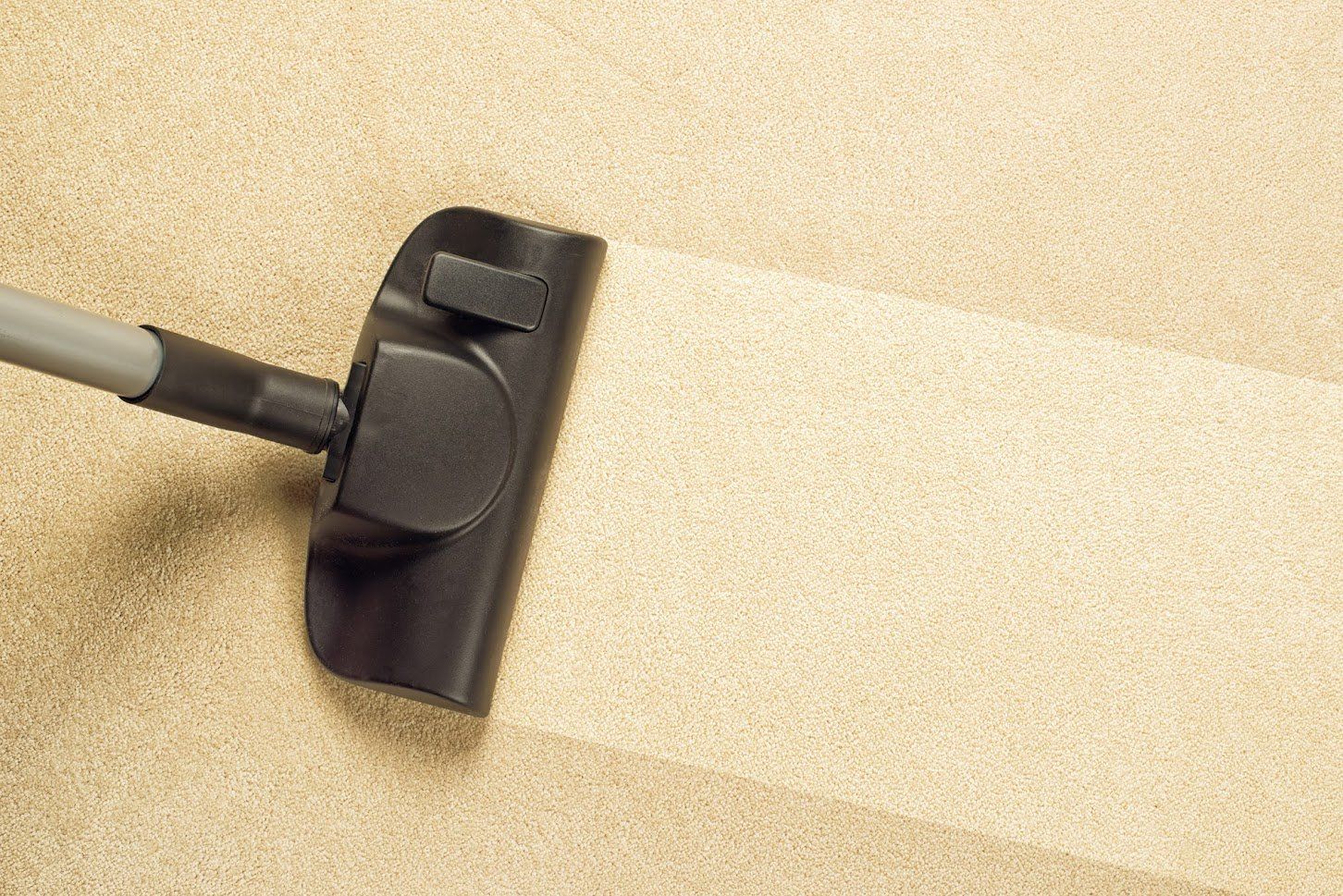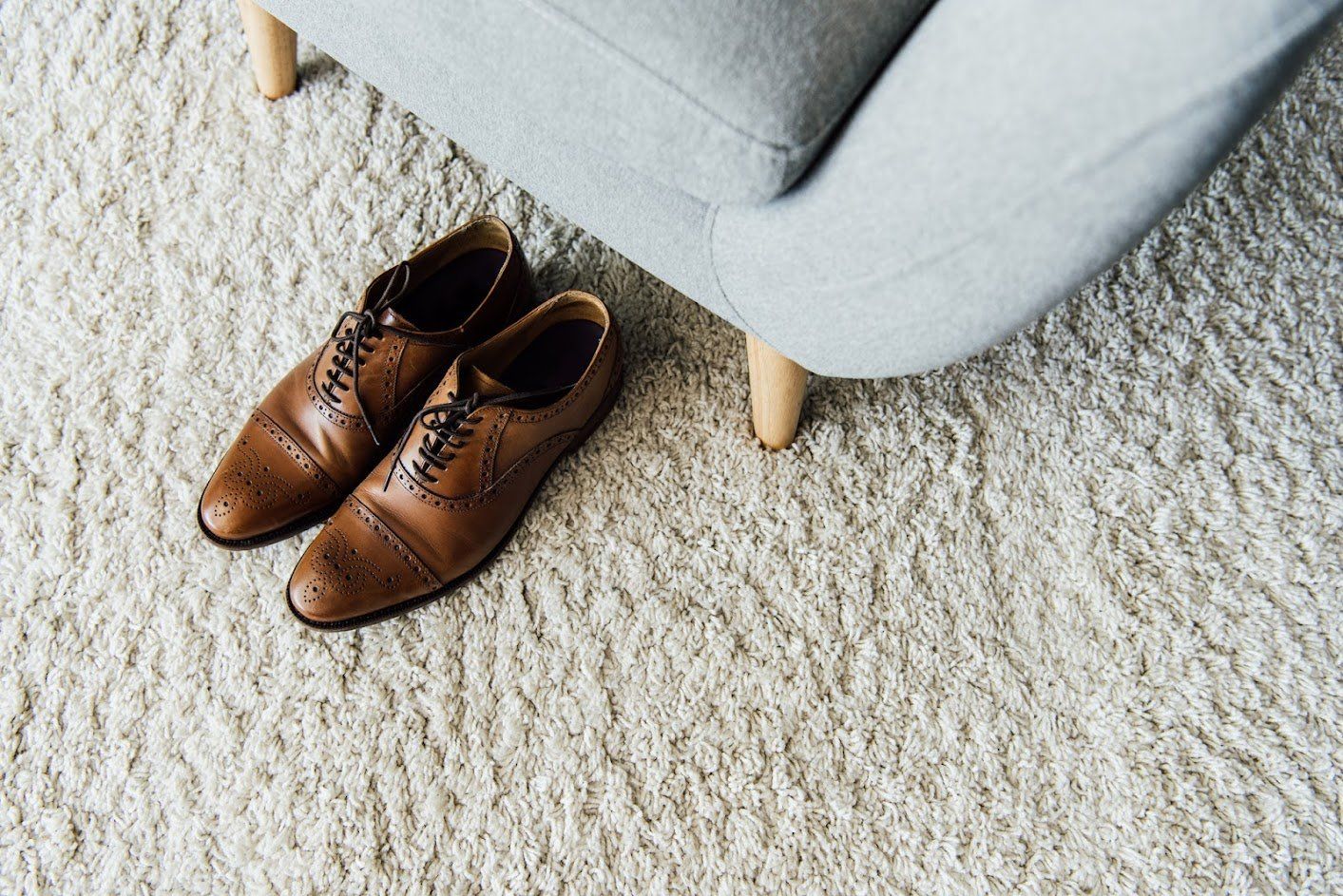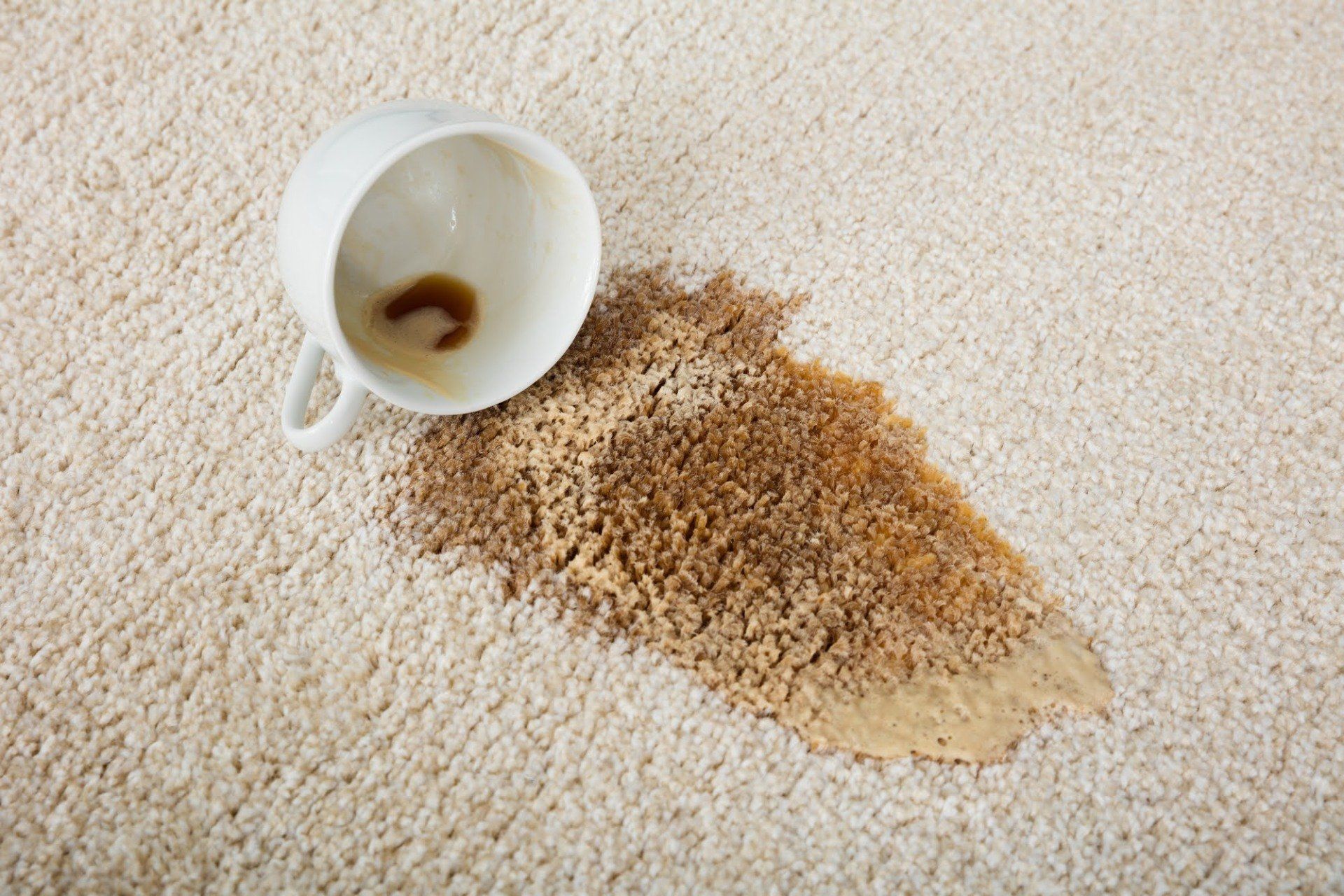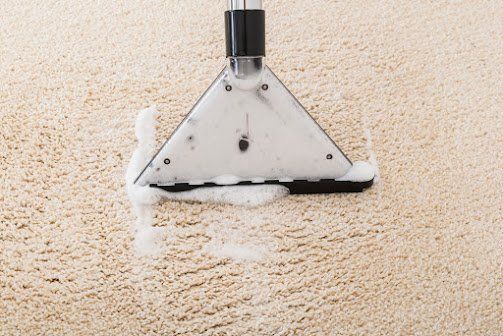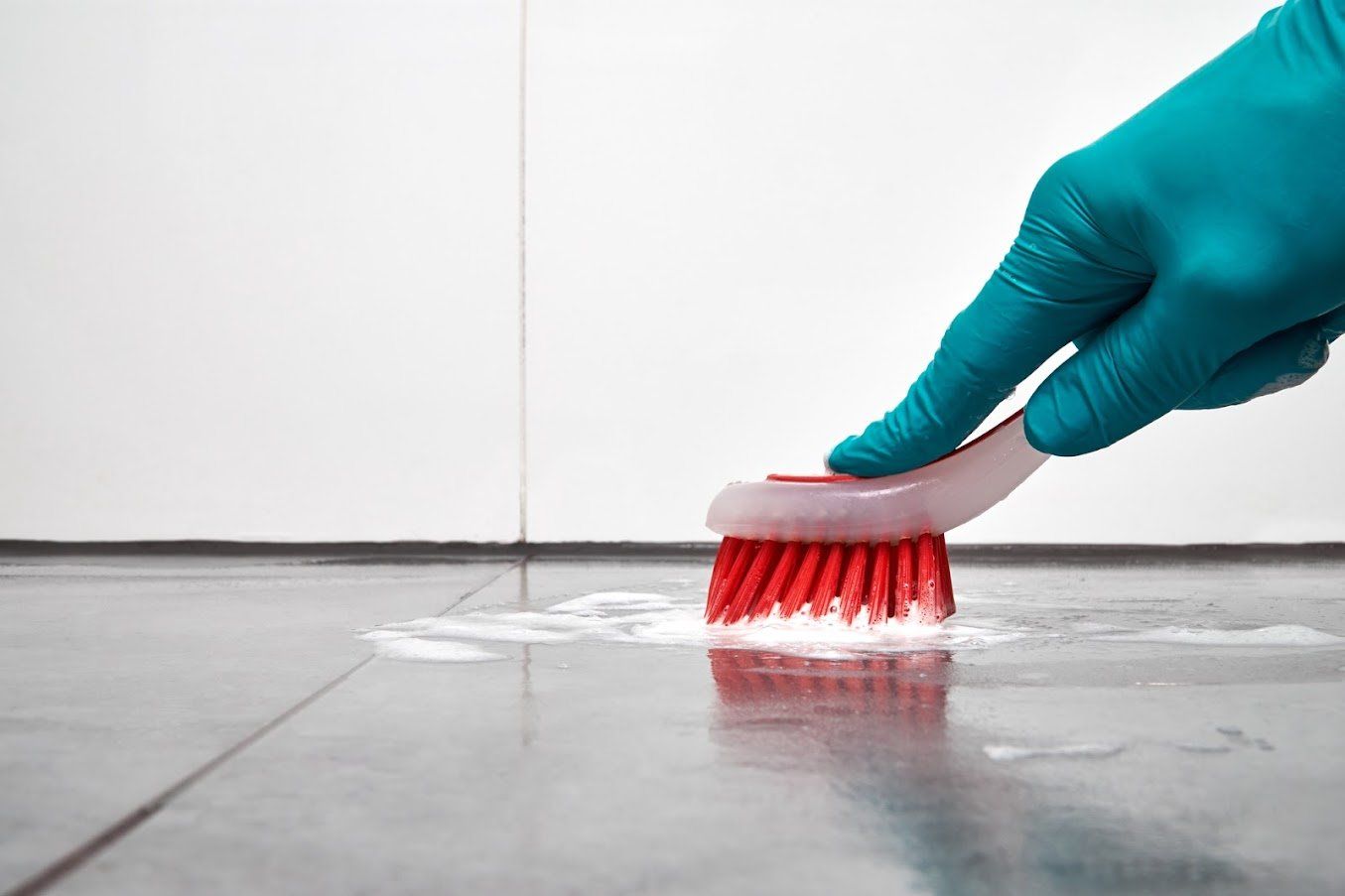How Does Your Carpet's Type Affect Cleaning?
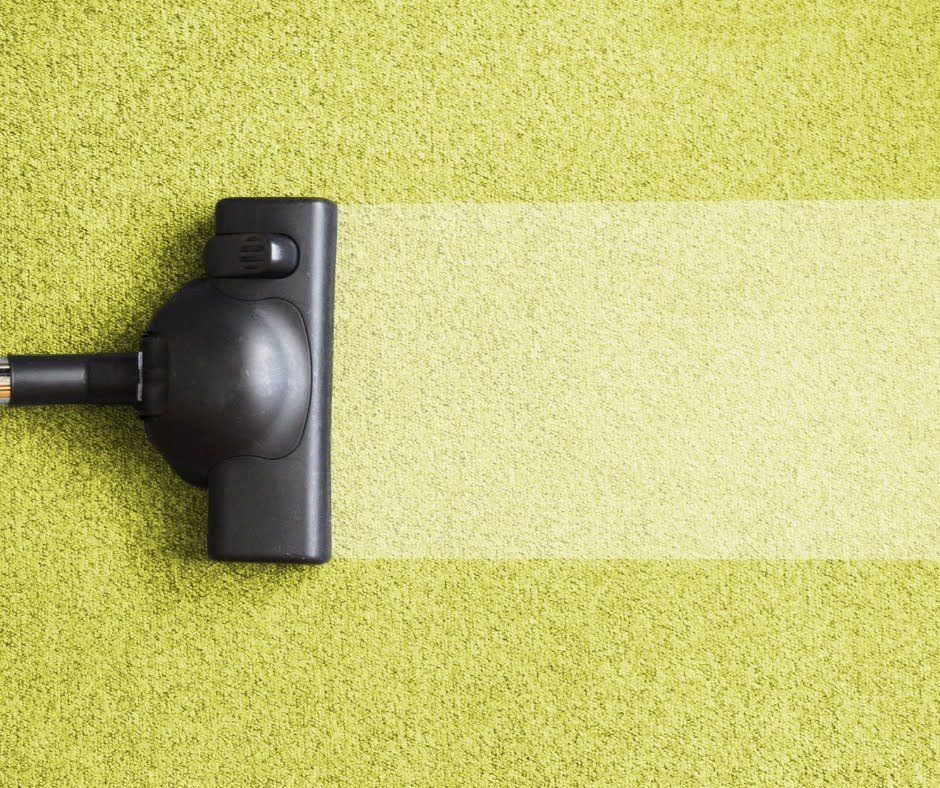
A carpet isn't just a carpet. While hardwood floors may be in vogue, home carpeting still has that feeling of warmth and comfort. However, many different types of carpet upholstery are available, and you may find several of each spread throughout a single home. If you live in a house with multiple types of carpeting, you might be surprised to learn that each one requires special care and attention.
You can usually identify a carpet by three factors: the pile height, pile type, and material. For example, Saxony carpets use medium-length cut piles to create a soft, plush feel. However, even these categories have variations, and you can find several distinct types of Saxony with different looks and feels. These factors can potentially influence the best way to clean your carpet.
Material — Synthetic or Natural?
Unsurprisingly, your carpet's material is typically the most critical factor for determining how challenging it will be to keep clean. As a general rule, synthetic fibers are much easier to keep clean since they tend to be better at resisting stains. While some synthetic fibers (such as nylon) stain relatively quickly, removing those stains is also easy with a deep shampooing.
On the other hand, natural fibers tend to stain more quickly and may require more care when cleaning. Although these materials have many advantages, and they can often appear higher-quality than synthetic alternatives, they generally aren't as durable. Some materials may require special and time-consuming cleaning techniques to avoid causing damage to the carpet.
Wool, in particular, requires special attention. Wool tends to absorb stains very quickly due to its porous nature, and it can also shed and lose material. As a result, harsh cleaning can damage wool carpet, ruining this expensive material. Deep cleaning wool often requires specialized shampoos designed to keep this material looking good without reducing its lifespan.
Pile Type — Cut or Loop?
Carpet piles come in two varieties: loop and cut. Cut piles provide a smoother, more even appearance and a softer feel, while loop piles tend to be more durable but slightly stiffer and less comfortable. In addition to comfort, this characteristic can substantially impact your carpet's ability to stand up to dirt and grime.
In general, you can expect carpets that use a tight looping pattern (such as Berber) to resist stains better and generally be easier to clean. Conversely, loose loop-pile or cut-pile carpets offer more opportunities for dirt, debris, and stains to find their way beneath the surface and down to the backing pad. These carpets can potentially be harder to clean and require more frequent care.
Pile Height — Tall or Short?
The height of your carpet's piles matters nearly as much as their type. The taller the piles, the more likely contaminants or debris will settle more deeply into the carpet. Unfortunately, allowing dirt to fall to the bottom of your carpet means that routine vacuuming may not catch it. As a result, high pile carpets often require more thorough and repeated vacuuming to avoid leaving anything behind.
Carpets with a taller pile height will also tend to get worn down more quickly. Foot traffic will push the piles to the ground, leaving the carpet looking somewhat disheveled and feeling less plush. Fortunately, a thorough and professional steam cleaning is often enough to revitalize high pile carpets that may have seen better days.
Whatever type of carpet you have in your home, you can trust All State Carpet & Tile Care to give it the proper attention it deserves. Our cleaners will choose the appropriate method to clean and revitalize your carpet, safely restoring it to its former glory. Give us a call today if you're ready to give your home's carpets the cleaning they deserve.



